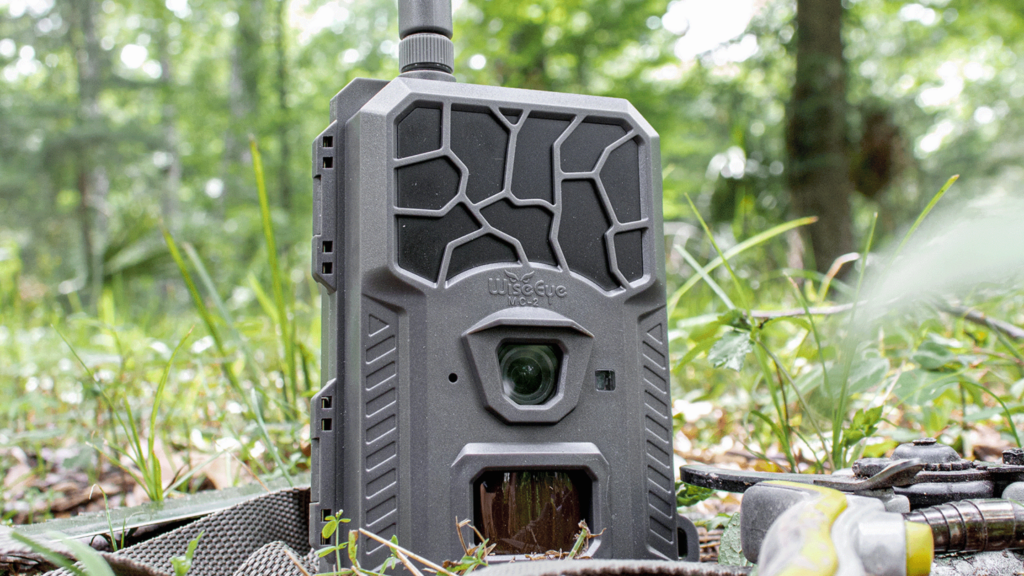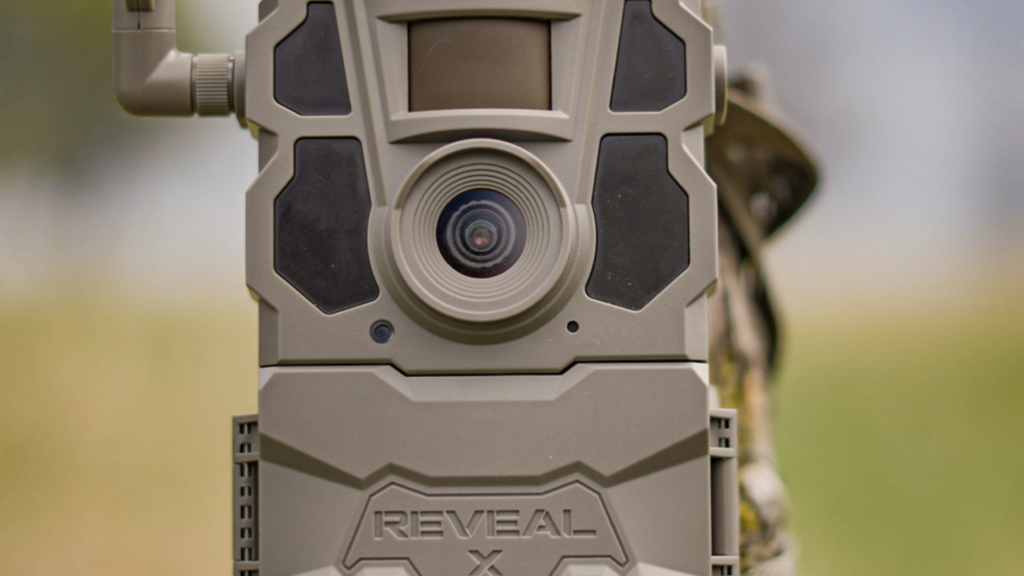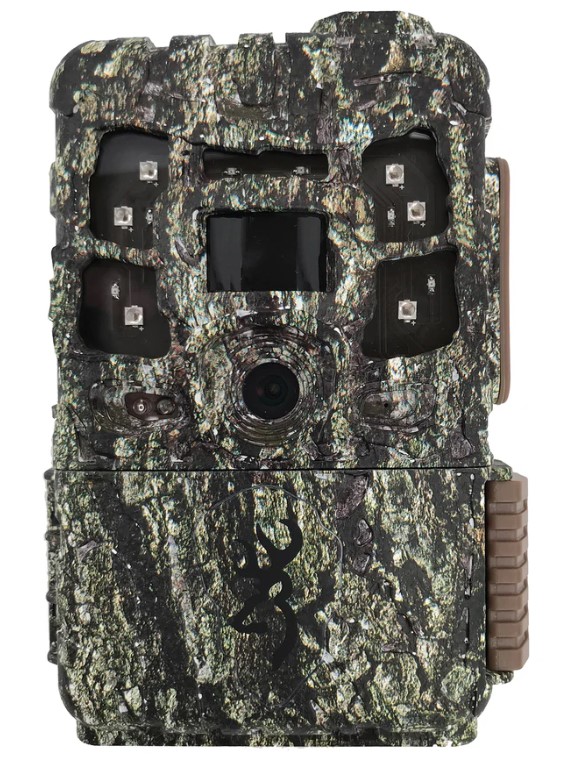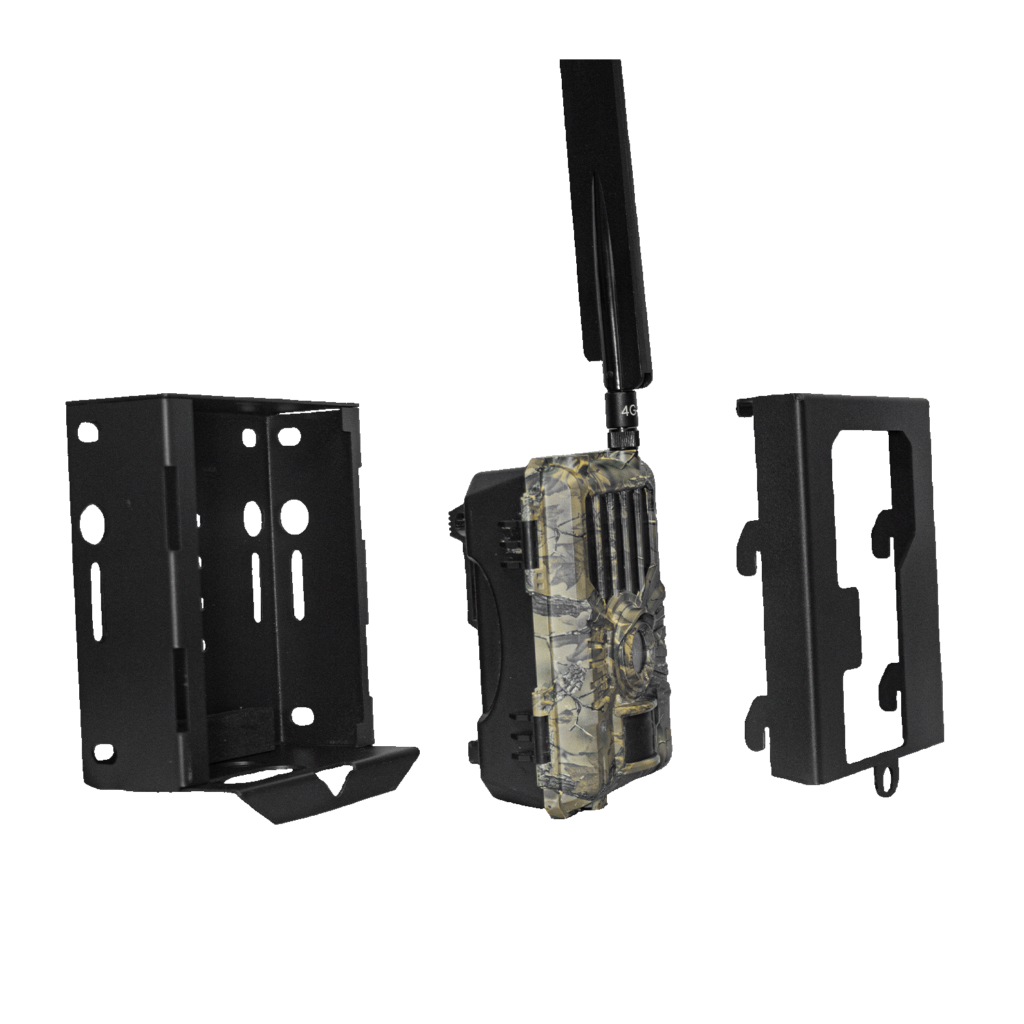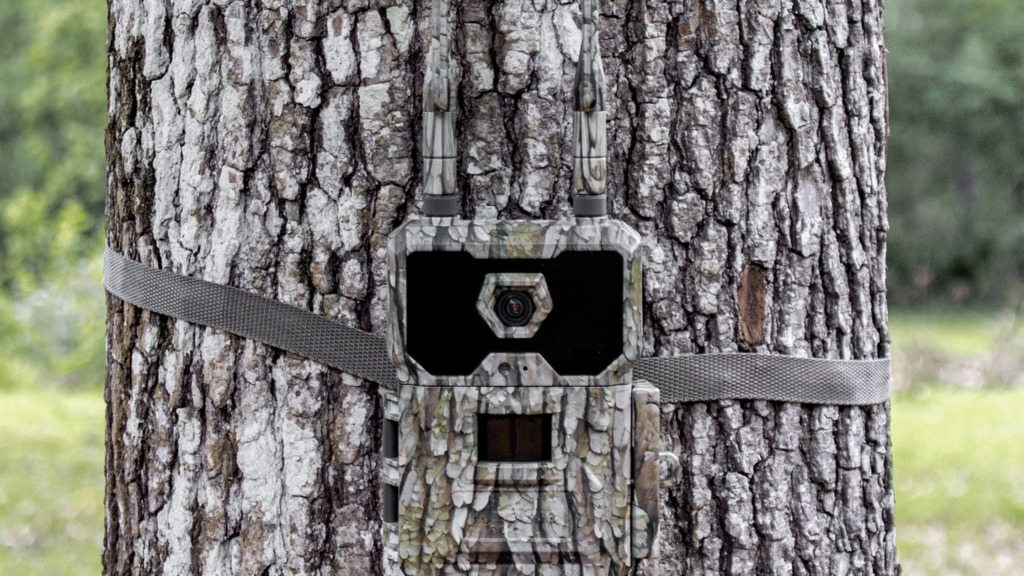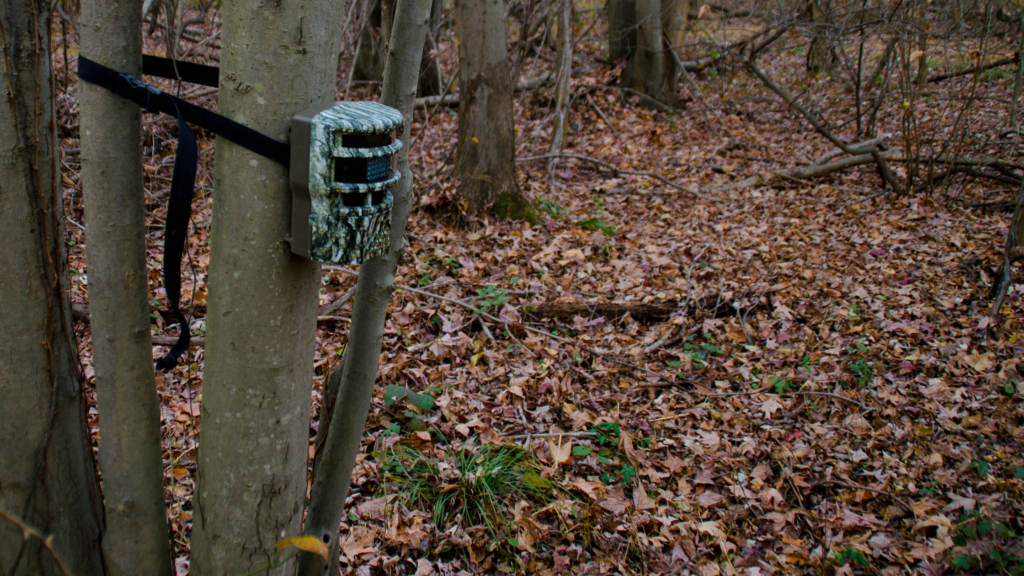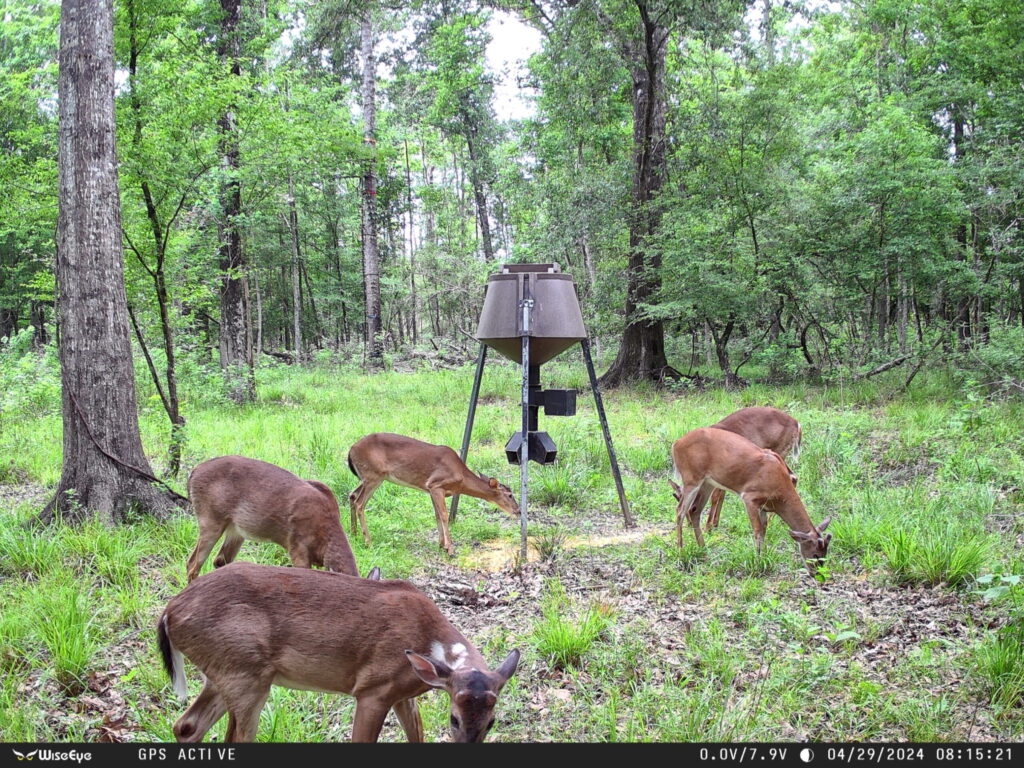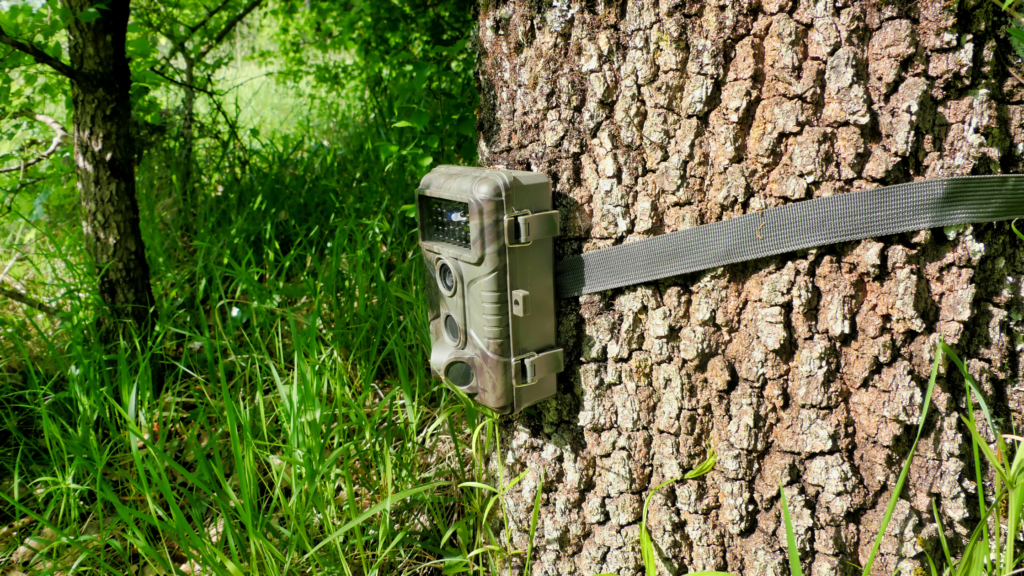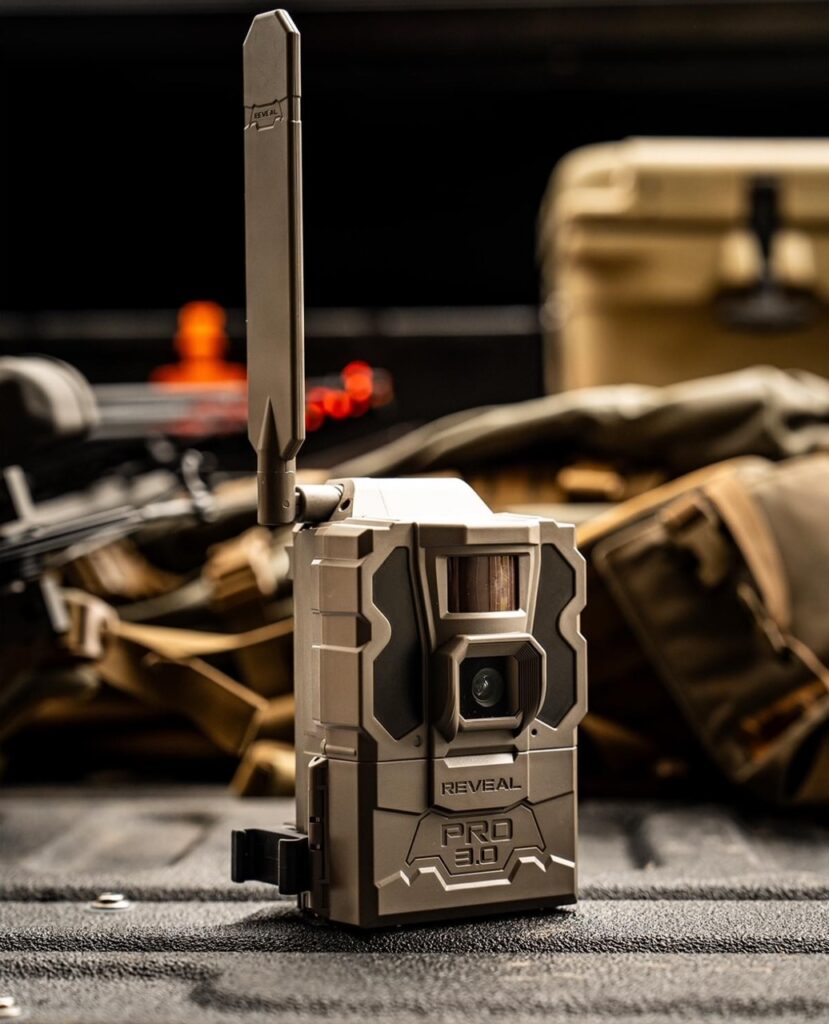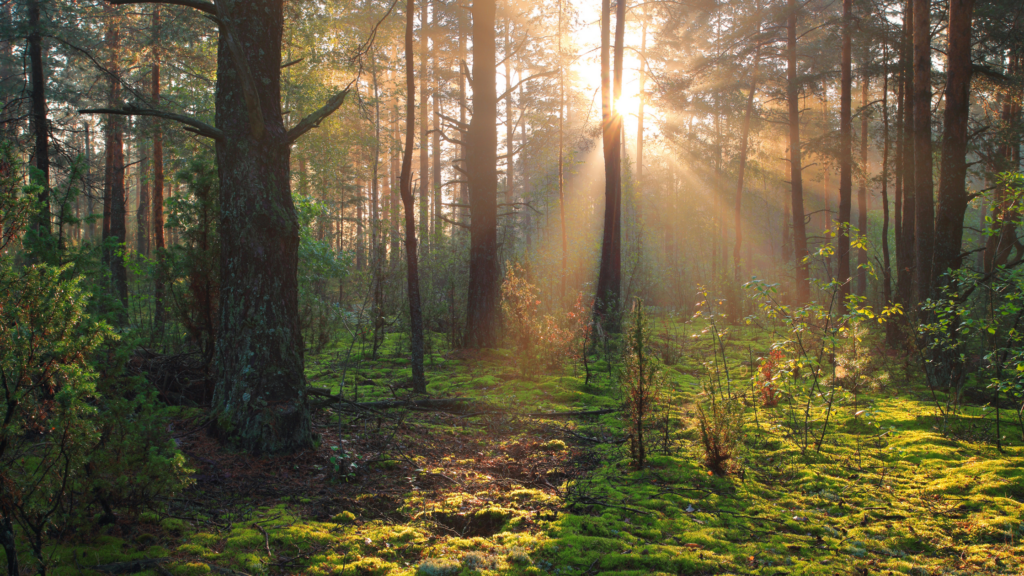When it comes to security and property monitoring, trail cameras are often thought of as tools for hunters. But these versatile devices offer a wide range of applications beyond tracking wildlife. Whether you’re a hunting enthusiast, a dog trainer, or simply looking to protect your property, trail cameras can be a valuable addition to your toolkit.
In this blog, we’ll explore how to effectively use trail cameras for monitoring your property, enhancing security, and tracking wildlife for hunting. We’ll cover everything from choosing the right camera to installation tips and even how to use the footage to monitor both animal activity and potential security threats.
What Are Trail Cameras?
Before diving into the many uses of trail cameras, let’s first define what they are. A trail camera is a rugged, weather-resistant camera designed for remote monitoring. Typically equipped with motion sensors, these cameras automatically take photos or videos when they detect movement. While they’ve been used for years in hunting and wildlife observation, their functionality makes them perfect for property monitoring and security as well.
How Trail Cameras Can Enhance Security
In today’s world, securing property and monitoring activity has become more important than ever. Trail cameras, originally designed for wildlife observation, have proven to be an effective tool for enhancing security in both residential and commercial settings. With their discreet design, remote monitoring capabilities, and ability to capture high-quality images and videos, trail cameras offer an affordable and efficient alternative to traditional security systems.
Deterrence of Criminal Activity
One of the primary benefits of trail cameras in security applications is their ability to deter criminal behavior. When placed in strategic locations, these cameras can send a clear message that the property is being monitored. The mere presence of a trail camera, particularly one visible to would-be intruders, can discourage vandalism, theft, or other illegal activities, as criminals are less likely to engage in illegal acts when they suspect they are being recorded.
Remote Monitoring
Unlike conventional security cameras that require hardwiring or a constant power source, many trail cameras offer wireless capabilities, allowing for remote monitoring. This is especially beneficial for properties that are spread out, such as farms, estates, or construction sites, where a full surveillance system might be impractical. With real-time notifications and simple access to footage via mobile apps or web portals, property owners can stay informed about activity on their premises without needing to be physically present.
Cost-Effectiveness
Trail cameras provide a budget-friendly solution for security needs, particularly for areas that don’t warrant the investment in expensive, high-tech surveillance systems. With relatively low upfront costs, minimal maintenance, and no need for professional installation, trail cameras can be a smart choice for individuals or businesses looking to enhance their security on a budget. The ability to deploy multiple cameras across a large area further increases their cost-effectiveness compared to traditional security systems.
High-Quality Footage and Evidence
Trail cameras are equipped with advanced sensors and image capture technology, which can provide high-definition photos and videos, even in low-light conditions. This ensures that, should an incident occur, the footage captured can serve as valuable evidence for law enforcement or insurance claims. Some models also include features like time stamps, GPS coordinates, and motion detection, which can further enhance the accuracy and usefulness of the footage.
Wide Coverage for Large Properties
For large properties or remote areas that are difficult to monitor with traditional security systems, trail cameras offer extensive coverage. Whether it’s a farm, forest, or expansive yard, strategically placed trail cameras can cover a wide area and provide insights into what’s happening across the entire property. Their ability to capture motion across vast areas makes them ideal for securing perimeters or monitoring areas that are not easily accessible.
Using Trail Cameras for Wildlife Observation
Trail cameras are an invaluable tool for wildlife enthusiasts, researchers, and conservationists, offering a non-invasive way to study animals in their natural habitats.
By capturing high-quality images and videos of wildlife, these cameras provide valuable insights into animal behavior, movement patterns, and populations, often in areas where human presence would disturb the creatures. With their motion detection and night-vision capabilities, trail cameras allow for around-the-clock monitoring, making them an essential resource for both amateur nature observers and professional wildlife researchers.
Monitoring Animal Behavior
One of the most significant advantages of trail cameras in wildlife observation is their ability to capture natural animal behavior without human interference. These cameras can document feeding habits, mating rituals, movement across different landscapes, and social interactions between species. Over time, researchers can build detailed profiles of individual species, gaining insights into their daily routines and overall ecological roles.
Tracking Wildlife Movement
Trail cameras are particularly useful for tracking animal movements, especially in large or remote areas where direct observation is difficult. By placing cameras along trails, water sources, or food-rich environments, wildlife researchers can gather valuable data on migration patterns, territorial boundaries, and seasonal movement. This information is crucial for understanding how animals interact with their environments and can aid in habitat conservation and management efforts.
Identifying Species
With the ability to capture high-resolution images and videos, trail cameras make it easier to identify wildlife species, even those that are elusive or nocturnal. Advanced models come with features like infrared sensors and time-lapse photography, which help in documenting animals that are active during low-light conditions.
By reviewing camera footage, researchers can also discover species that may not have been previously known to inhabit a specific area, contributing to biodiversity studies and helping identify areas of ecological significance.
Habitat Conservation
Trail cameras provide a wealth of information that can be used to inform conservation efforts. By monitoring wildlife in different ecosystems, researchers can identify areas that are critical for the survival of certain species and make recommendations for preserving these habitats. This data also helps to assess the effectiveness of existing conservation programs and make adjustments where necessary, ensuring that efforts are focused on the areas that will benefit wildlife the most.
Studying Endangered Species
For endangered species, trail cameras are an essential tool in efforts to monitor populations and track their health over time. These cameras can help determine how many individuals are living in a specific area, their movement patterns, and their interactions with other species, which is vital for creating targeted conservation strategies.
Non-invasive monitoring methods like trail cameras are less stressful for animals compared to human observation, ensuring that the wildlife is not disturbed during the research process.
Tips for Setting Up Trail Cameras for Optimal Monitoring
Setting up trail cameras correctly is essential for capturing clear, high-quality images and maximizing their effectiveness in both security and wildlife observation. Whether you’re using them to monitor wildlife, secure property, or track specific activity, the right setup can make all the difference in the data you collect. With a few strategic tips, you can ensure that your trail cameras are positioned to capture the most accurate and valuable footage possible.
Choose the Right Location
The first and most important step in setting up your trail camera is selecting the best location. For wildlife monitoring, look for natural wildlife trails near water sources or areas with abundant signs of animal activity, like tracks or droppings. For security purposes, place cameras at entry points to your property, along fences, or in areas with high foot traffic. Avoid placing cameras in locations where vegetation could obscure the view or cause unnecessary movement that might trigger false alerts.
Mount the Camera at the Right Height
Mount your camera at the optimal height to ensure a clear line of sight and avoid missed footage. Typically, a height of 3 to 4 feet works well for both wildlife observation and security monitoring, allowing the camera to capture images of animals or people at their natural standing height. For wildlife, adjust the camera depending on the species you’re trying to monitor—smaller animals like rodents may require lower placements, while larger species like deer should be monitored from a higher vantage point.
Test and Adjust the Camera Angle
Before finalizing your camera setup, take the time to test the camera’s field of view and adjust the angle accordingly. Ensure the camera is facing directly towards the area of interest, whether it’s a trail, food plot, or entrance point. For wildlife monitoring, angle the camera slightly downward to capture animal movement along the ground. For security purposes, make sure the camera is facing the path or area you want to monitor and adjust for the proper coverage of doorways, fences, or gates.
Set the Camera’s Sensitivity and Detection Range
Most trail cameras have adjustable motion sensitivity settings. Test the sensitivity to ensure that the camera is neither too sensitive (causing unnecessary triggers from moving branches or animals) nor too low (missing important footage).
For wildlife, a lower sensitivity setting works well to avoid capturing small movements like swaying grass. In security applications, you may want to set the sensitivity higher to capture any human or vehicle activity in your monitored area. Be mindful of the detection range to ensure you’re capturing movement within the desired perimeter.
Check Battery Life and Storage
To ensure your trail camera stays functional, make sure to use high-quality batteries and check their life before setting the camera up. Cold weather can drain batteries faster, so consider using lithium batteries for better performance in low temperatures.
Additionally, check the camera’s memory card for available space and make sure it’s large enough to store the footage you plan to capture. Depending on how frequently the camera is triggered, you may need to review or replace the memory card and batteries regularly to keep the system running smoothly.
Benefits of Trail Cameras for Dog Trainers and Hunters
Trail cameras are powerful tools that can provide dog trainers and hunters with valuable insights into animal behavior and movement, helping them enhance their training and hunting strategies. Whether used for tracking game, monitoring dog performance, or observing wildlife, these cameras offer a non-intrusive way to collect data in the field.
With their discreet operation, durability, and advanced features, trail cameras have become an essential part of the toolkit for both professionals and enthusiasts in the world of dog training and hunting.
Tracking Game and Animal Movements
For hunters, trail cameras are invaluable for monitoring the movements of game animals. By placing cameras in strategic locations, hunters can gather data on where and when animals are most active, helping them plan their hunting trips more effectively. This information allows hunters to understand seasonal patterns, preferred feeding areas, and migration routes, increasing the chances of a successful hunt.
Observing Dog Performance in the Field
Dog trainers can use trail cameras to observe their dogs during training sessions or hunts without being physically present, allowing them to evaluate their dog’s performance in real-time. For example, trainers can monitor how a dog works a scent, tracks a trail, or responds to commands, providing a clearer picture of the dog’s progress. This footage can be used for training assessments, helping trainers identify areas for improvement or fine-tune specific skills.
Monitoring Dog Behavior During Hunts
Trail cameras can also be used to track the behavior of hunting dogs during actual hunts. By placing cameras at different points in the field, trainers and hunters can see how well their dogs track, chase, or retrieve game. This allows for a more objective assessment of the dog’s abilities, as it’s often easier to spot behavioral nuances through footage than when observing in real-time, especially in challenging terrain or dense cover.
Identifying Ideal Hunting Locations
For both hunters and dog trainers, trail cameras provide valuable insights into the terrain and wildlife activity in a particular area. By reviewing footage from multiple cameras placed in different locations, hunters can identify the best spots to position themselves for a successful hunt. Similarly, trainers can observe which areas have the most animal traffic for training purposes or determine the best spots to train their dogs in the field.
Collecting Data Without Disturbing the Environment
One of the greatest benefits of trail cameras is their ability to collect data without disturbing the animals or environment. Both hunters and dog trainers can use these cameras to observe natural behaviors and movements without altering the animals’ routines. This non-invasive approach ensures that training and hunting activities remain ethical and that wildlife is not disturbed, which is especially important in conservation-minded hunting practices.
Conclusion
Whether you’re protecting your property, tracking wildlife, or enhancing your hunting dog’s training, trail cameras are powerful tools that offer real-time data, security, and insights. Their ability to monitor hard-to-reach areas without needing constant human supervision makes them invaluable for hunters, dog trainers, and anyone interested in property security.
By choosing the right trail camera, setting it up properly, and analyzing the footage, you can enhance your training, improve your hunting success, and ensure that your property remains safe from potential threats. As technology continues to advance, these cameras are only becoming more capable, giving hunters and dog trainers a valuable edge in the field.
Ready to take your dog training to the next level?
Visit HuntEmUp today to explore our wide selection of top-quality trail cameras!
Whether you’re a seasoned hunter or just getting started, we have everything you need to succeed in the field. Don’t miss out—equip yourself with the best and take your hunting game to the next level!
